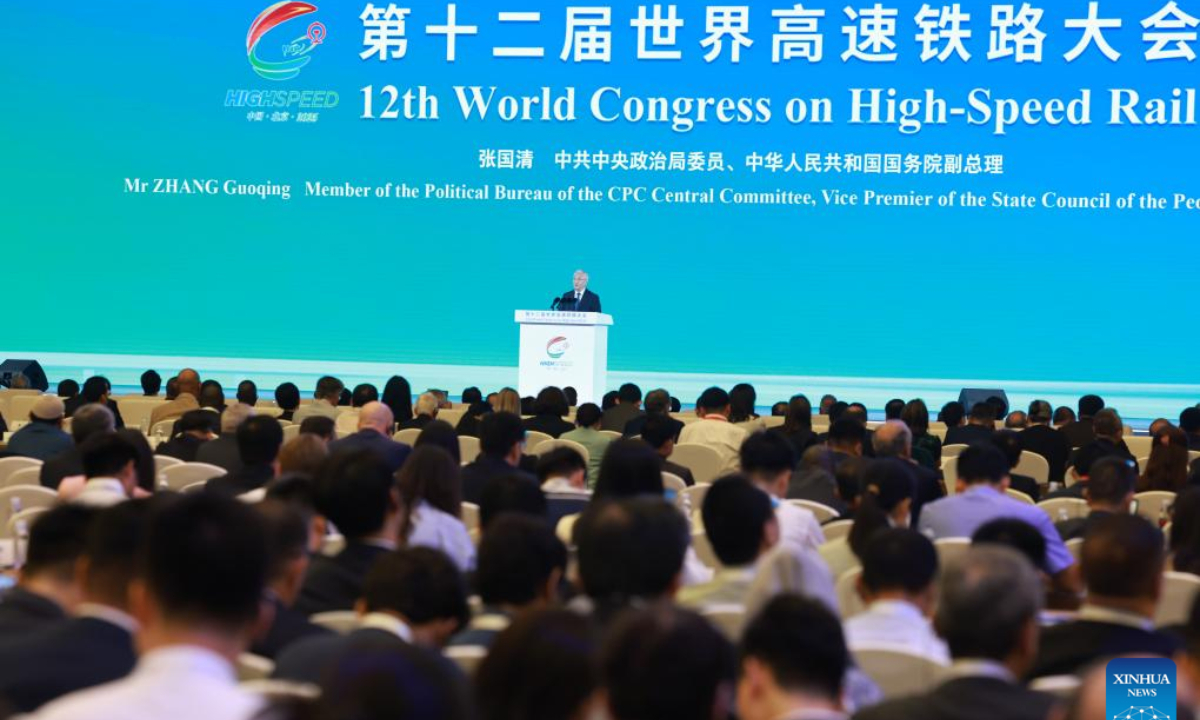Nvidia CEO Urges India to Boost Domestic Tech Manufacturing, Reduce Reliance on Imports

In a significant call for bolstering India's domestic technology capabilities, Nvidia CEO Jensen Huang has emphasized the need for the nation to lessen its dependence on foreign imports and prioritize onshore manufacturing. His remarks, echoing a global trend towards re-industrialization, come at a crucial time for India as it strives for greater self-reliance in critical sectors like semiconductors and electronics.
Huang's statement, made in the context of the United States' own efforts to revitalize its technology manufacturing base, aligns with India's 'Make in India' initiative. The US is actively seeking to reduce its reliance on other countries for essential technologies, and Huang believes a similar strategy is vital for India’s economic and strategic future.
Why is this crucial for India? India's current reliance on imported semiconductors poses a significant vulnerability. Disruptions in global supply chains, as witnessed during the COVID-19 pandemic, highlighted the risks of depending on external sources for vital components. Strengthening domestic manufacturing capabilities not only mitigates these risks but also creates jobs, stimulates economic growth, and fosters innovation.
Nvidia’s Role and Opportunities in India: Nvidia has already made significant inroads into the Indian market, particularly in areas like artificial intelligence, data centers, and high-performance computing. Huang’s call for increased domestic manufacturing could pave the way for further investment and collaboration in India. The company could potentially establish local manufacturing facilities or partner with Indian companies to produce semiconductors and related technologies.
Government Support and Policy Initiatives: The Indian government has been actively promoting domestic electronics manufacturing through various policy initiatives, including Production-Linked Incentive (PLI) schemes and tax benefits. These incentives aim to attract investments in the sector and encourage companies to set up manufacturing units in India. Further streamlining of regulations and providing a stable policy environment will be crucial for sustained growth.
Challenges and the Road Ahead: While the potential benefits are immense, India faces several challenges in building a robust domestic technology manufacturing ecosystem. These include a shortage of skilled labor, inadequate infrastructure, and the need for significant investments in research and development. Overcoming these challenges will require a concerted effort from the government, industry, and academia.
The Bigger Picture: Global Trends in Tech Manufacturing Huang's message resonates with a broader global trend towards “friend-shoring” and “near-shoring,” where countries seek to diversify their supply chains and reduce dependence on potentially unreliable sources. This shift presents a significant opportunity for India to emerge as a key player in the global technology manufacturing landscape, particularly given its large domestic market and skilled workforce.
Ultimately, Jensen Huang’s call to action is a timely reminder of the importance of self-reliance and domestic manufacturing for India’s long-term economic prosperity and strategic security. By embracing this challenge and implementing supportive policies, India can unlock its full potential as a global technology hub.






